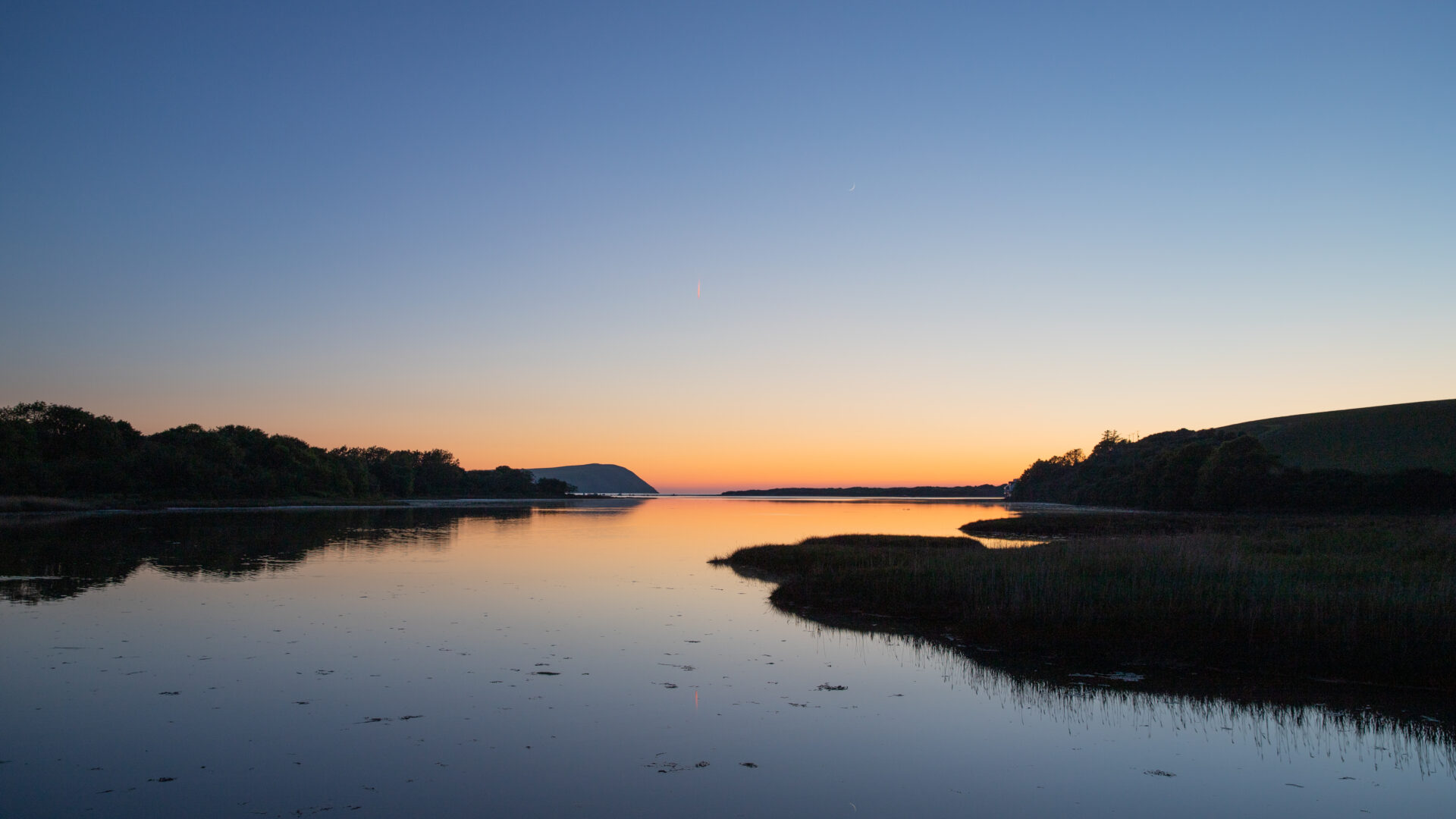
Look Wild: Pembrokeshire Coastal Birds
-
Date posted: 31/10/2022
-
Time to read: 6 minutes
All aboard for a winter getaway! As the days shorten, and the wind and waves start whipping up, many of us start dreaming of our next summer holiday. However, for some birds, Pembrokeshire Coast is an ideal winter getaway. Birds, such as plovers, come on a winter holiday to flee the harsh conditions in northern Britain, Scandinavia and Russia. For others, this is just a transit lounge used for resting and refuelling on an even longer journey south.
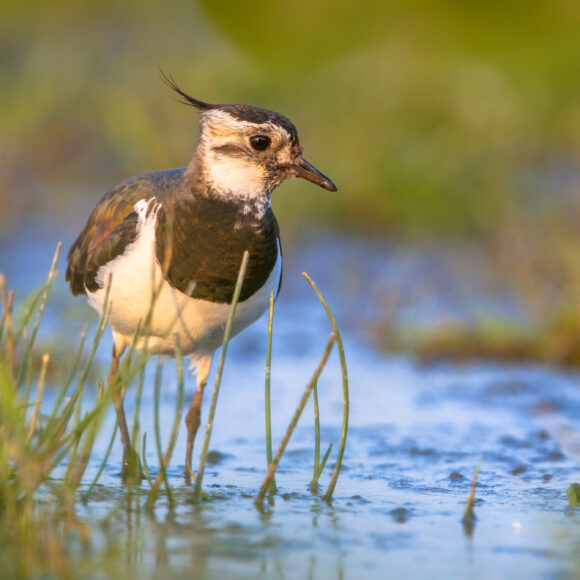
The mild coastal climate, westerly location and variety of habitats mean that there’s plenty of food to go round. From early October the first redwings start to appear. After gathering on the Scandinavian Coast and flying a mere 500 miles south, they make the most of hedgerow fruit and berries, before moving out into the fields in search of worms. They are often spotted in paddocks, parks or sports fields.
The sheltered estuaries with their rich variety of habitats, including mudflats, salt and freshwater marsh, reed bed and scrub, are a favourite spot for waders. Lapwings were once common across the UK, however modern drainage practices have interfered with the ecosystems of their winter habitats, inhibiting their ability to feed. Swampy muddy conditions like we have on Castlemartin Corse or West Angle Bay are ideal feeding grounds for Lapwing.
Pictured: Lapwing
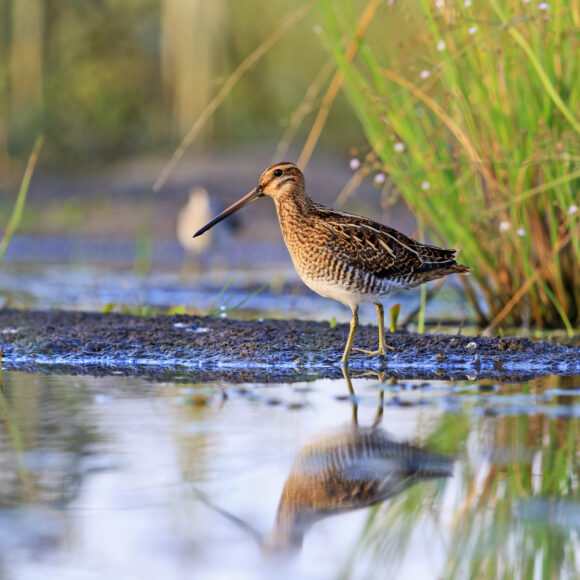
Snipe are resident here all year round, but their numbers swell in the winter when the resident communities are joined by the migrants. Keep an eye out for them feasting on invertebrates found round the edges of pools of water.
Pictured: Snipe
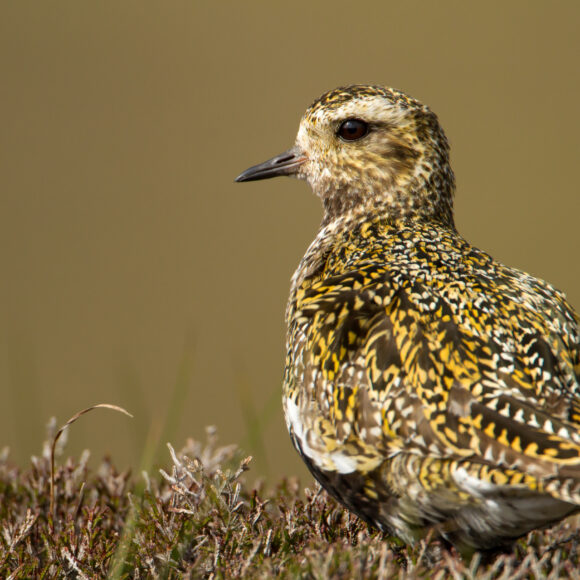
Look up and you might be lucky to see the shimmering wings of Golden Plover. They often fly in formation, and on the ground are often seen together with lapwings. Like the Snipe, they are resident year round, with the population increasing ten fold for the winter months.
It’s not just the thrush family or waders who enjoy a winter break in Pembrokeshire. Wildfowl also make the hazardous journey in search of food, shelter and ponds that don’t freeze over. One of the most handsome species, sporting a mullet hairstyle is the tufted duck.
Pictured: Golden Plover
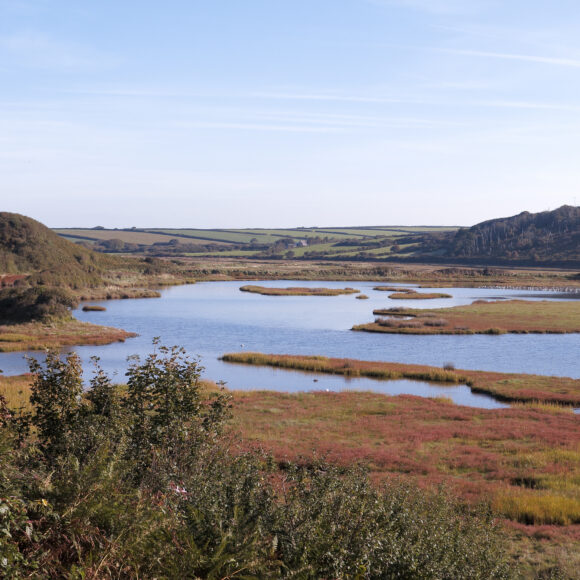
The changing seasons is always an interesting time for wildlife and a good time for reflection. Environmental changes have a significant impact on birds – the climate affects which birds arrive and when. In recent years Little Egrets and large numbers of geese have begun visiting Pembrokeshire in autumn and winter. Why are these birds coming here now? Which birds will we see in the future?
Recording the first or last seasonal sightings of these migratory birds can help build up a picture of the effects of climate change. Are they arriving earlier every year? Or are they staying longer? Are they being spotted further north or south than usual? The more contributions we have to projects like Lookwild, the more accurate the picture we can draw.
If you’ve been inspired to get out into nature, you can share any photos or observations with us and get featured on our social or our newsletter! Send your observations to connect@nationalparks.uk
Join i-Naturalist and start identifying nature near you today! LookWild is a brilliant citizen science project that helps contribute to our data and knowledge of wildlife and habitat health across the UK.
This Blog was written by Rebecca Evans, Volunteering Development Officer at Pembrokeshire Coast National Park.